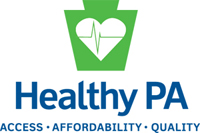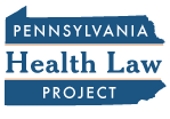Full Speed Ahead on Healthy PA Medicaid Expansion
When the federal government approved the Corbett administration’s Healthy Pennsylvania Medicaid proposal at a time when the governor trailed in the polls in his bid for re-election, observers wondered whether Mr. Corbett would continue to implement the program if he lost even if his opponent opposed that implementation.
The answer, apparently, is yes.
 Department of Public Welfare Secretary Beverly Mackereth told the Pittsburgh Post-Gazette that the state continues to implement the Healthy Pennsylvania Medicaid expansion and will begin enrolling participants on December 1 in anticipation of the program’s official launch on January 1.
Department of Public Welfare Secretary Beverly Mackereth told the Pittsburgh Post-Gazette that the state continues to implement the Healthy Pennsylvania Medicaid expansion and will begin enrolling participants on December 1 in anticipation of the program’s official launch on January 1.
It is doing so despite being asked not to do so by representatives of Governor-elect Tom Wolf, who does not take office until January 20.
Learn more about the circumstances surrounding Medicaid expansion in Pennsylvania in this Pittsburgh Post-Gazette article.







